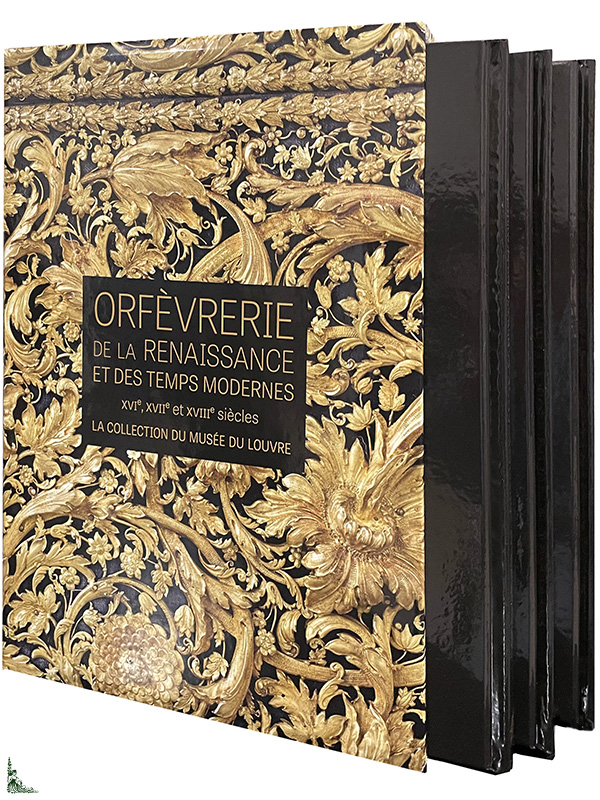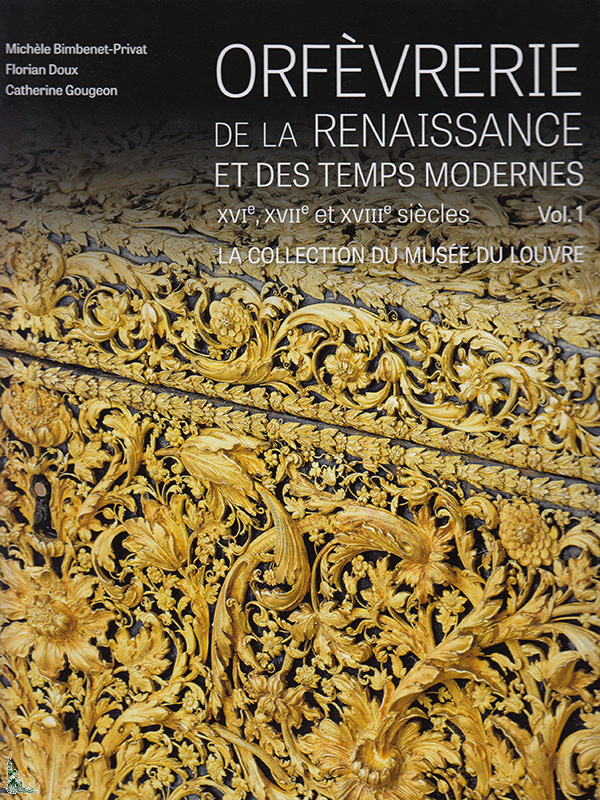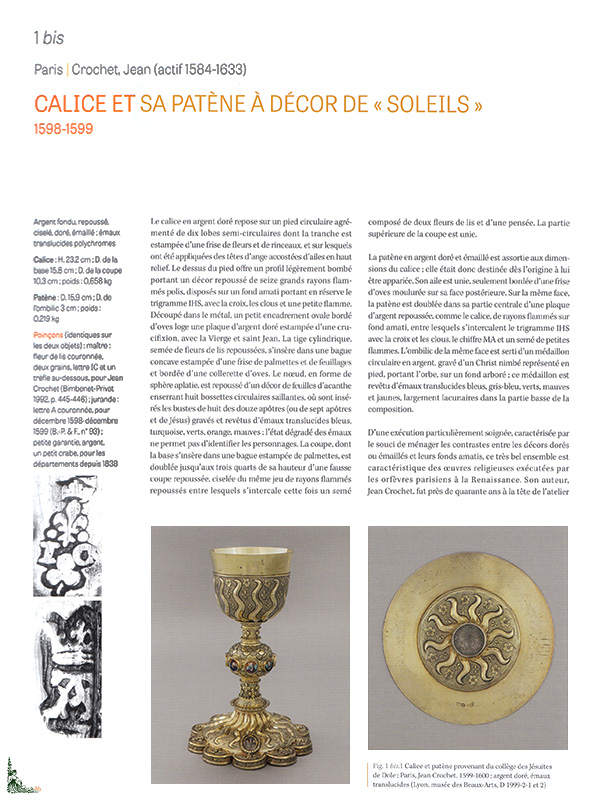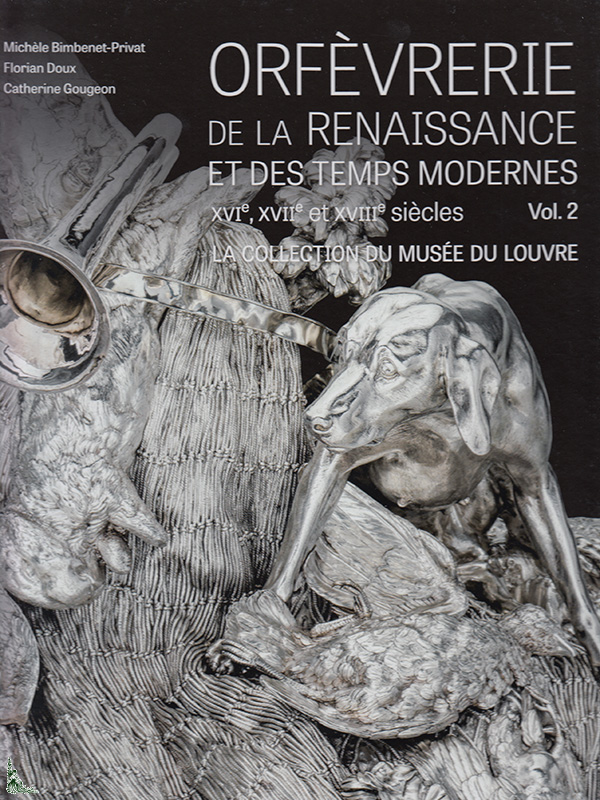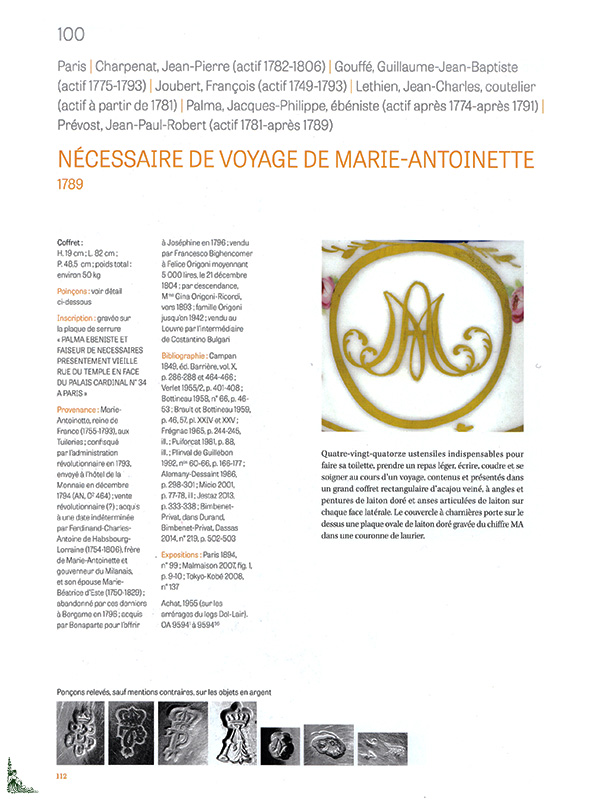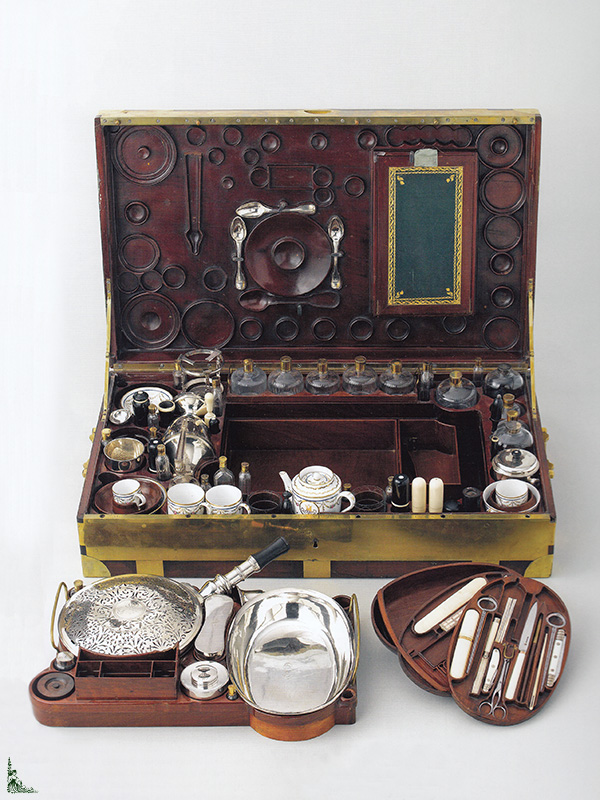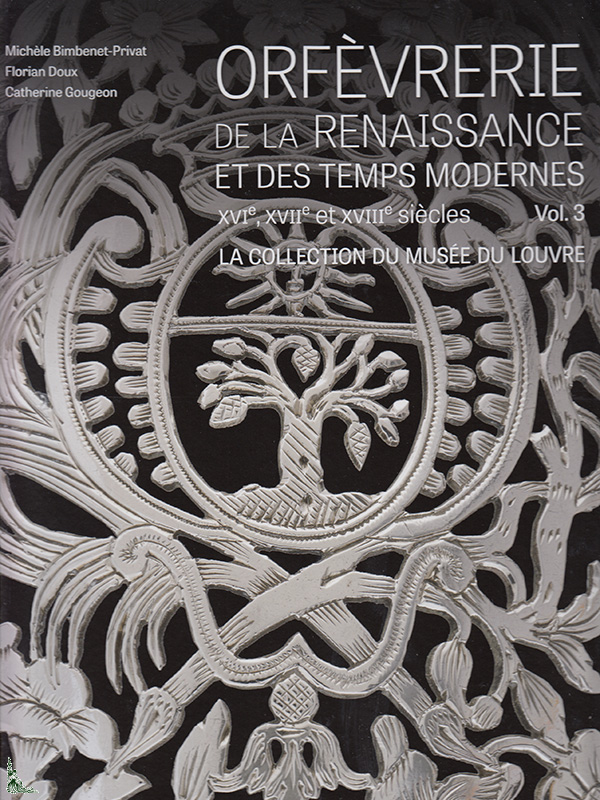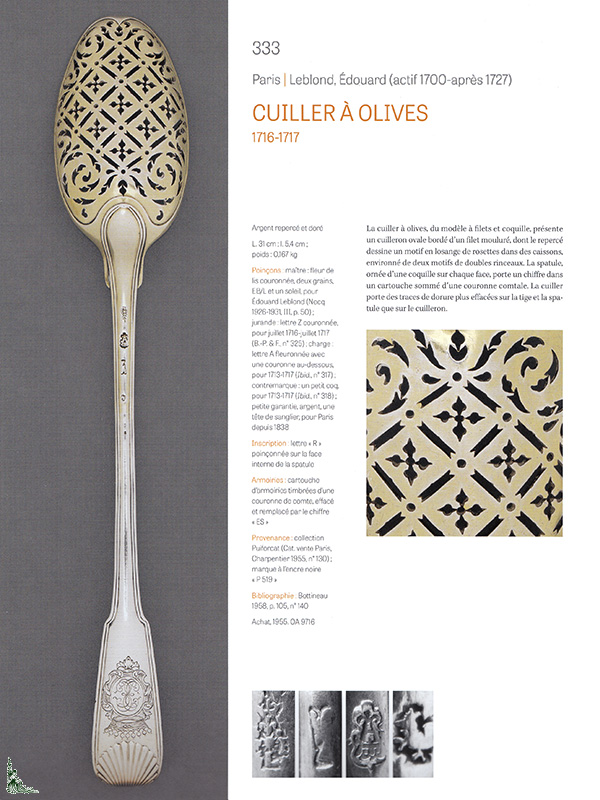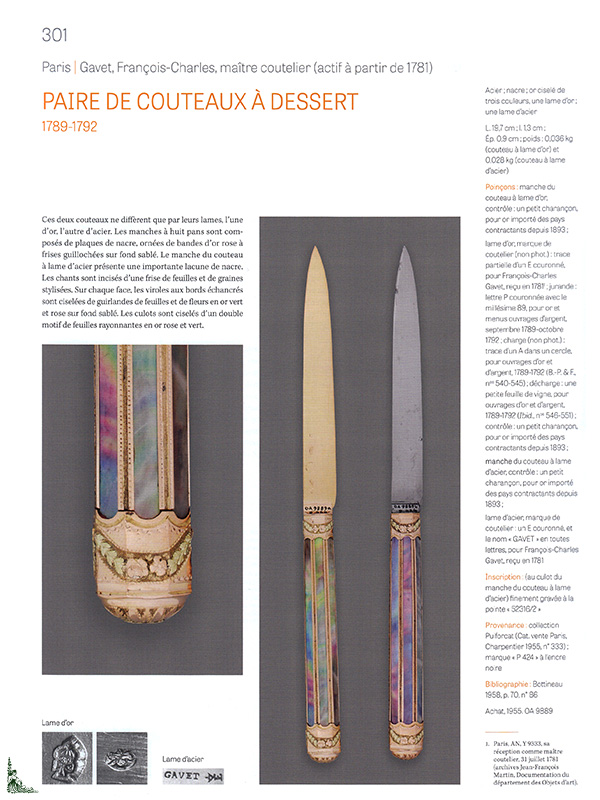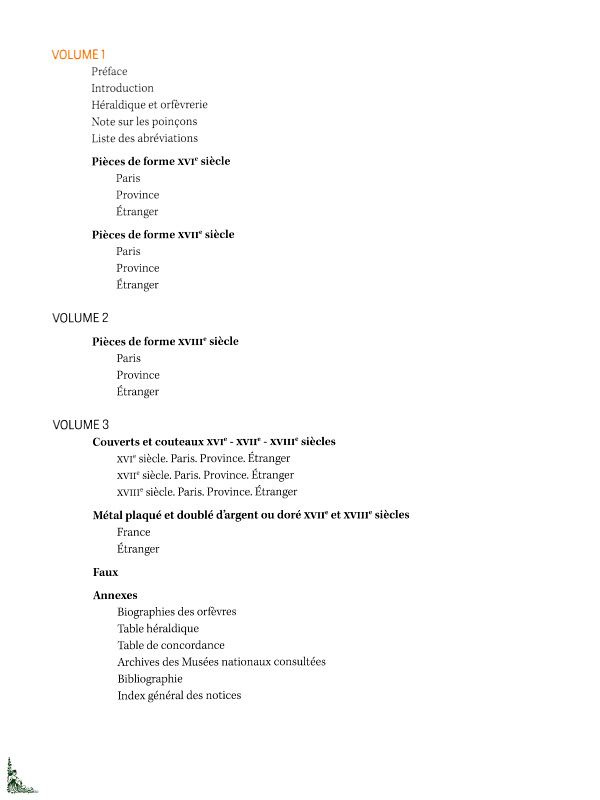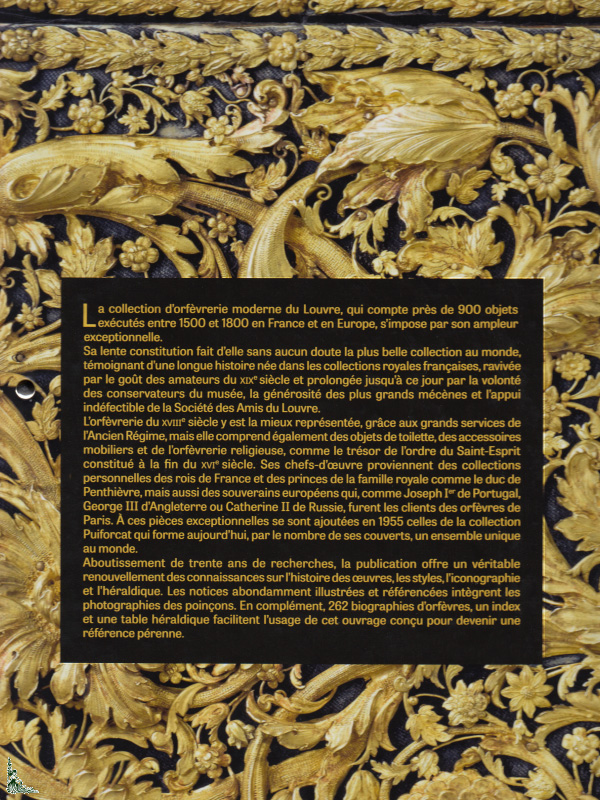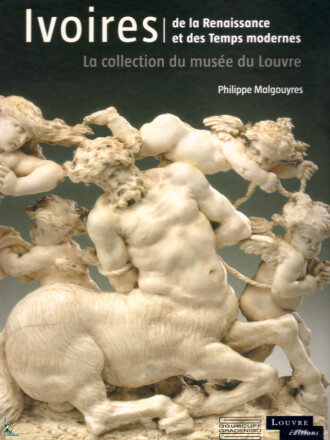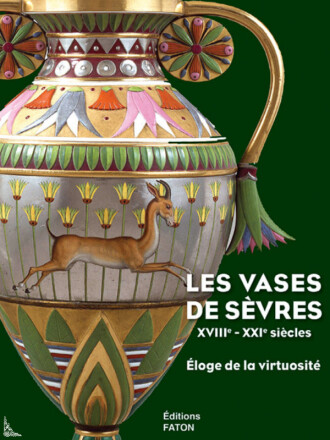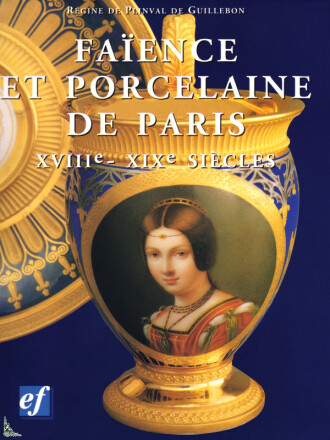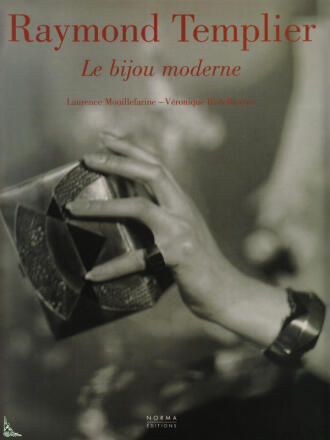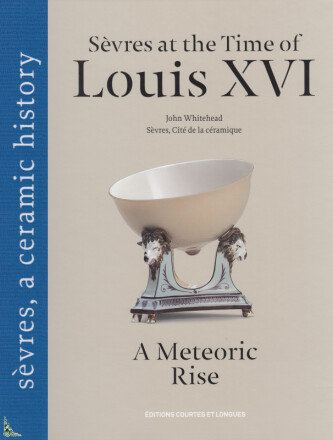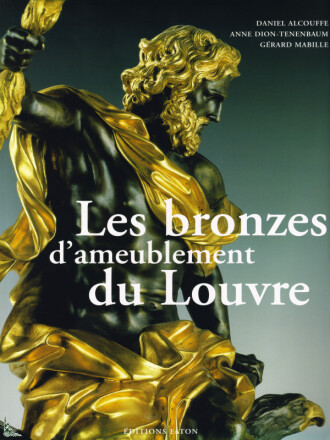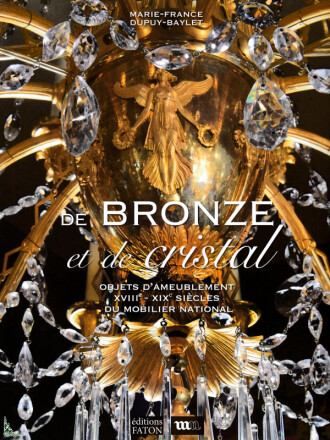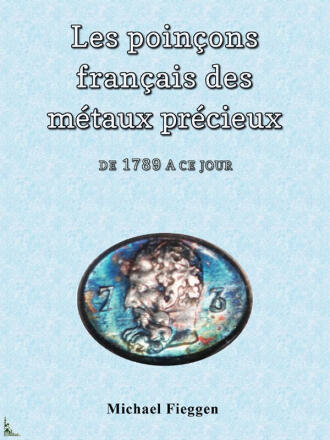Goldsmith from the Renaissance to Modern Times, 16th, 17th and 18th centuries
Book information
| Author : | |
| Publisher : | Faton (2022) |
| Binding : | 3 hardcover books with box (992 full color pages) 10 inches x 13 inches |
| Language : | French |
| ISBN : | 978-2-87844-321-9 |
| EAN : | 9782878443219 |
Editorial Reviews
Goldsmith from the Renaissance to Modern Times, 16th, 17th and 18th centuries, Ed. Faton, 10 inches x 13 inches ( 25 cm x 34 cm ), 3 hardcover books with box with 992 full color pages
In these three volumes of catalog raisonné are studied the works in silver, gold, plated and lined with silver executed from 1500 to 1800 in France and Europe: a total of 891 works distributed chronologically in 477 entries. The Louvre's goldsmith's and silversmith's collection thus stands out for its exceptional breadth.
Its slow constitution, operated generations after generations, makes it undoubtedly the most beautiful collection in the world. 17th century goldsmithing is the best represented there, with many pieces of tableware from the great royal and princely table services of the Ancien Régime, but the catalog also includes toiletries, furniture accessories (torches, mirrors, caskets) and religious goldsmithery, in particular that from the treasury of the Order of the Holy Spirit formed at the end of the 16th century. His masterpieces, such as the gold chest of Louis XIV precious stones, come from the personal collections of the King of France, but also from those of the great princes of the royal family, such as the Duke of Penthièvre and European sovereigns who, like Joseph I of Portugal, George III of England or Catherine II of Russia, were the clients of the most famous Parisian goldsmiths.
To these exceptional pieces, gifts or bequests from the greatest collectors since the 19th century, are added those from the collection Puiforcat entered the Louvre in 1955, which today forms, by the number of its cutlery and knives, a unique study collection in the world.
The culmination of thirty years of research, the catalog completely renews knowledge by delivering to the public many new discoveries on techniques, style, origins, heraldry, iconography... All the notices, abundantly illustrated, are referenced by archival sources, a bibliography, the images and the identification of the punches noted on the objects; they describe and analyze forms and ornaments and develop their historical and stylistic aspects.
In the appendix, an index, a heraldic table and 262 goldsmith biographies facilitate the use of this work designed to become a lasting reference.
Contents:
VOLUME 1
- Foreword
- Introduction
- Heraldry and silversmithing
- Note on hallmarks
- Abreviations list
- 16th century shaped pieces
- Paris
- Province
- Foreign
- 17th century shaped pieces
- Paris
- Province
- Foreign
- 18th century shaped pieces
- Paris
- Province
- Foreign
- Cutlery and knives 16th - 17th - 18th centuries
- 16th century. Paris. Foreign.
- 17th century. Paris. Foreign.
- 18th century. Paris. Foreign.
- Metal plated and lined with silver or gilt 17th and 18th centuries
- France
- Foreign
- Fakes
- Annexes
- Biographies of goldsmiths and silversmiths
- Heraldic table
- Concordance table
- Archives of the museums consulted
- Bibliography
- General index of records
The texts are written in French.
 Description française
Description française
Orfèvrerie de la Renaissance et des Temps Modernes, XVIe, XVIIe, XVIIIe siècles
Détails du livre
| Auteur : | |
| Éditeur : | Faton (2022) |
| Reliure : | 3 ouvrages reliés et emboîtés (992 pages couleurs) 25 cm x 34 cm ( 10 inches x 13 inches ) |
| Langue(s) : | Français |
| ISBN : | 978-2-87844-321-9 |
| EAN : | 9782878443219 |
Description
Orfèvrerie de la Renaissance et des Temps Modernes, XVIe, XVIIe, XVIIIe siècles, Ed. Faton, 25 cm x 34 cm, 3 ouvrages reliés et emboîtés avec 992 pages couleurs
Dans ces trois volumes de catalogue raisonné sont étudiées les oeuvres en argent, en or, en plaqué et doublé d'argent exécutées de 1500 à 1800 en France et en Europe: au total 891 oeuvres réparties chronologiquement en 477 notices. La collection d'orfèvrerie du Louvre s'impose ainsi par son ampleur exceptionnelle.
Sa lente constitution, opérée générations après générations, fait d'elle sans aucun doute la plus belle collection au monde. L'orfèvrerie du XVIIe siècle y est la mieux représentée, avec de nombreuses pièces de vaisselle des grands services de table royaux et princiers de l'Ancien Régime, mais le catalogue comprend également des objets de toilette, des accessoires mobiliers (flambeaux, miroirs, coffrets) et de l'orfèvrerie religieuse, en particulier celle issue du trésor de l'ordre du Saint-Esprit constitué à la fin du XVIe siècle. Ses chefs-d'oeuvre, comme le coffre d'or des pierreries de Louis XIV, proviennent des collections personnelles du roi de France, mais aussi de celles des grands princes de la famille royale, comme le duc de Penthièvre et des souverains européens qui, comme Joseph Ier de Portugal, George III d'Angleterre ou Catherine II de Russie, furent les clients des plus célèbres orfèvres parisiens.
À ces pièces exceptionnelles, dons ou legs des plus grands collectionneurs depuis le XIXe siècle, s'ajoutent celles de la collection Puiforcat entrée au Louvre en 1955, qui forme aujourd'hui, par le nombre de ses couverts et couteaux, une collection d'étude unique au monde.
Aboutissement de trente ans de recherches, le catalogue en renouvelle totalement la connaissance en livrant au public de nombreuses découvertes inédites sur les techniques, le style, les provenances, l'héraldique, l'iconographie... Toutes les notices, abondamment illustrées, sont référencées par des sources d'archives, une bibliographie, les images et l'identification des poinçons relevés sur les objets ; elles décrivent et analysent les formes et les ornements et développent leurs aspects historiques et stylistiques.
En annexe, un index, une table héraldique et 262 biographies d'orfèvres facilitent l'usage de cet ouvrage conçu pour devenir une référence pérenne.
Principaux chapitres de l'ouvrage :
VOLUME 1
- Préface
- Introduction
- Héraldique et orfèvrerie
- Note sur les poinçons
- Liste des abréviations
- Pièces de forme XVIe siècle
- Paris
- Province
- Étranger
- Pièces de forme XVIIe siècle
- Paris
- Province
- Étranger
- Pièces de forme XVIIIe siècle
- Paris
- Province
- Étranger
- Couverts et couteaux XVIe - XVIIe - XVIIIe siècles
- XVIe siècle. Paris. Étranger.
- XVIIe siècle. Paris. Étranger.
- XVIIIe siècle. Paris. Étranger.
- Métal plaqué et doublé d'argent ou doré XVIIe et XVIIIe siècles
- France
- Étranger
- Faux
- Annexes
- Biographies des orfèvres
- Table héraldique
- Table de concordance
- Archives des musées consultés
- Bibliographie
- Index général des notices
Les textes sont écrits en Français.


